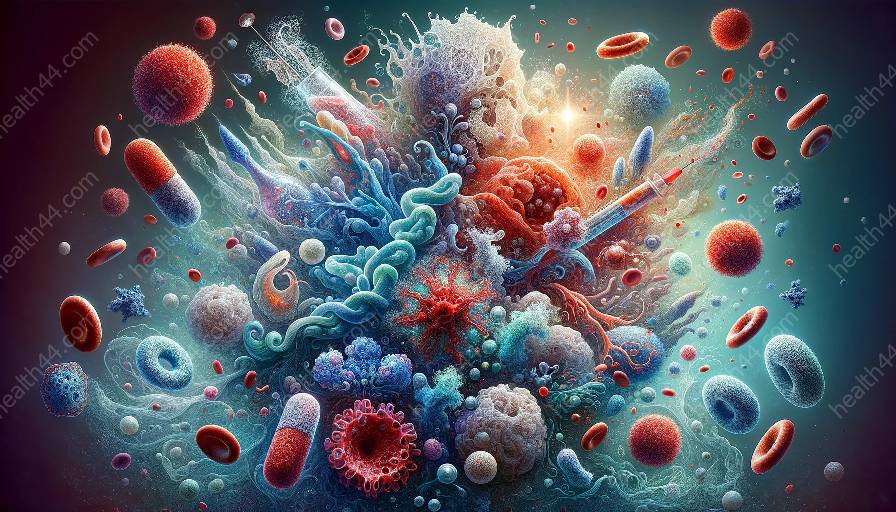Vaccines are a critical tool in preventing and controlling infectious diseases. They are designed to stimulate the immune system to recognize and destroy pathogens. Vaccine design and development are complex processes that involve extensive research, testing, and regulation. In this topic cluster, we will explore the key concepts related to vaccine design and development, as well as their connection to immunopathology and immunology.
Understanding Vaccines
Vaccines work by mimicking the infectious agent, stimulating the immune system to recognize and remember the pathogen. They contain antigens that resemble the disease-causing microorganism, prompting the immune system to produce an immune response without causing the actual disease. This process prepares the body to fight off the real infectious agent if exposed in the future.
Vaccine Development Process
The development of vaccines involves several stages, starting from the exploratory research to the approval and post-marketing surveillance. It begins with the identification of the target pathogen, followed by preclinical research to understand its characteristics and potential targets for vaccine development.
Once a target has been identified, the vaccine development process moves to the clinical phase, which includes testing the vaccine on human subjects in three phases: safety testing, effectiveness testing, and expanded safety and efficacy testing. Regulatory approval and ongoing monitoring are required before the vaccine can be distributed to the public.
Types of Vaccines
There are various types of vaccines, including live attenuated vaccines, inactivated vaccines, subunit, toxoid, and conjugate vaccines. Each type has unique characteristics and mechanisms of action, and they are designed based on the nature of the pathogen and the targeted immune response.
Designing Effective Vaccines
The ultimate goal of vaccine design is to create safe and effective vaccines that can induce long-lasting immunity with minimal side effects. This involves understanding the immunological mechanisms that underpin protective immunity, as well as the strategies to enhance vaccine efficacy and safety.
Immunopathology and Vaccine Design
Immunopathology involves the study of immune system disorders and their effects on the body. It is closely related to vaccine design, as an understanding of immunopathological mechanisms is crucial for developing vaccines that are both effective and safe. Vaccines need to elicit a robust immune response without triggering detrimental immune reactions, making the knowledge of immunopathology essential in vaccine development.
Immunology and Vaccine Development
Immunology is the study of the immune system and its functions. It plays a central role in vaccine development, as vaccines are designed to interact with and manipulate the immune system. Understanding the intricacies of immunology is vital for creating vaccines that can effectively induce immune memory and protective responses against specific pathogens.
Conclusion
Vaccine design and development are critical processes that rely on a deep understanding of immunopathology and immunology. By exploring the connections between these fields, we gain insights into how vaccines are created, tested, and administered to protect individuals and communities from infectious diseases.


